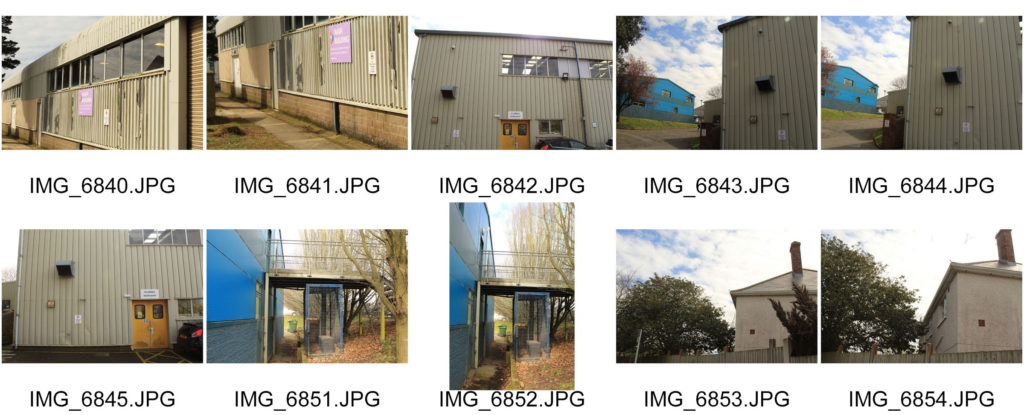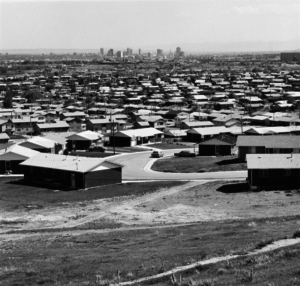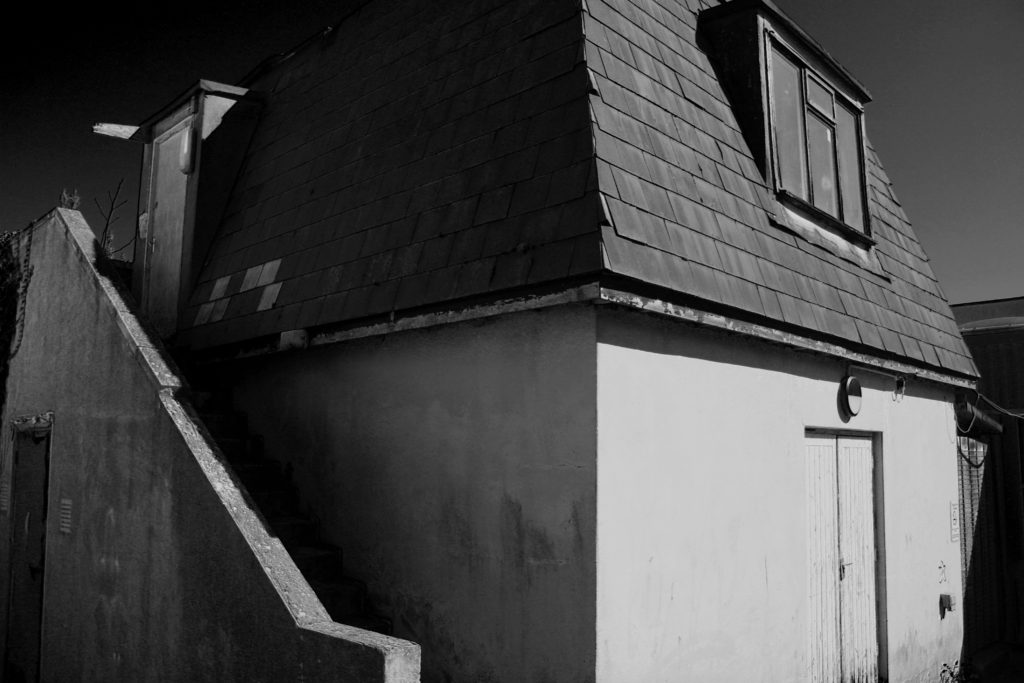Introduction
New Topographics are photographs of a Man-Altered Landscape, more buildings as opposed to the natural environment. New topographics was a term made up by William Jenkins in 1975 for a group of American photographers (such as Robert Adams and Lewis Baltz) whose pictures had a similar basic/structural aesthetic which were mostly black and white prints of the urban landscapes such as parking lots, suburban housing and warehouses. It has been influential in contemporary photography, both for architecture and its cerebral style.
What was the new topographics a reaction to?
Topography was both an insight into the increasingly suburbanized world around us, and a reaction to the idealized landscape photography about the natural and the elemental, contrasting both ideas, making the opposite stand out more.
Examples Of New Topographics:


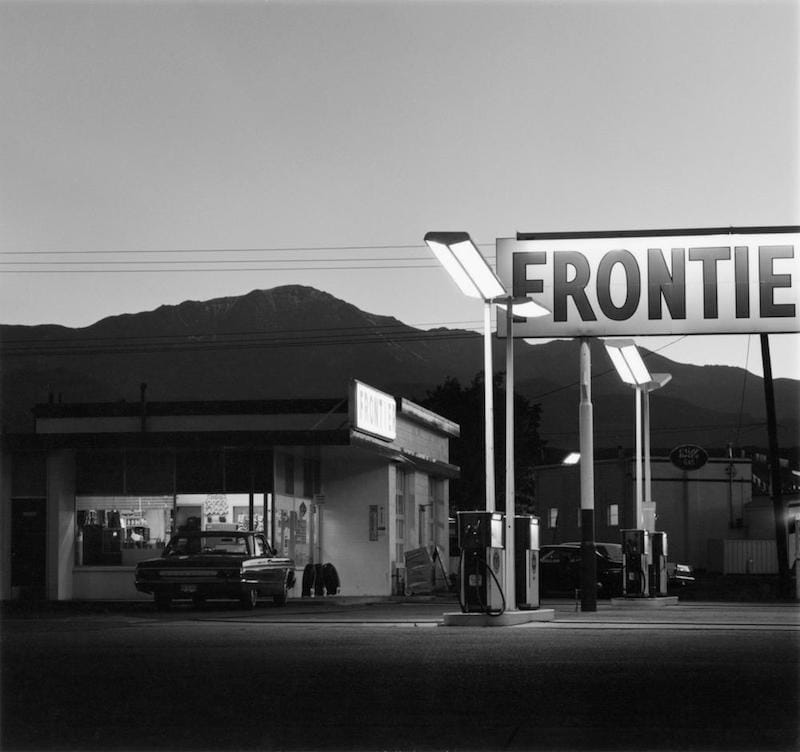
Lewis Baltz
Lewis Baltz documents the changing American landscape in the 1970s in his series, “New Industrial Parks Near Irvine, California.”
In this series he photographed industrial pictures focusing on parking lots, offices and industrial parks creating a contrast with the structure. He often displayed his images in a grid format meaning that the images must be able to be seen collectively as a group or series.
He takes care to title his pieces with specific information on each site’s location, so that viewers could return to the same exact place.



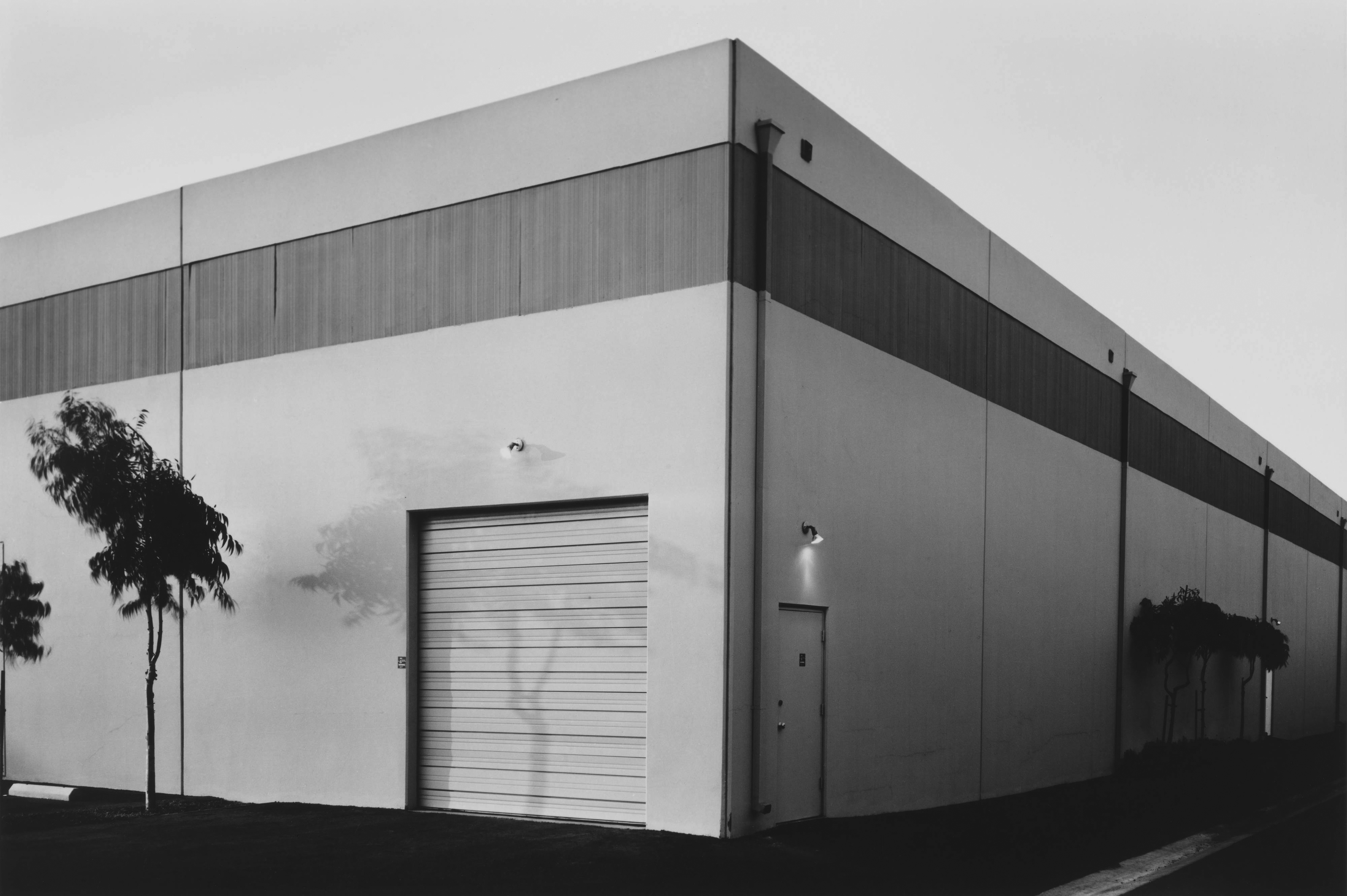


Shot with a 35mm lens on a 35mm camera (usually at eye level), and aiming for maximum depth of field, Baltz does this for clarity and precision.
Image Analysis
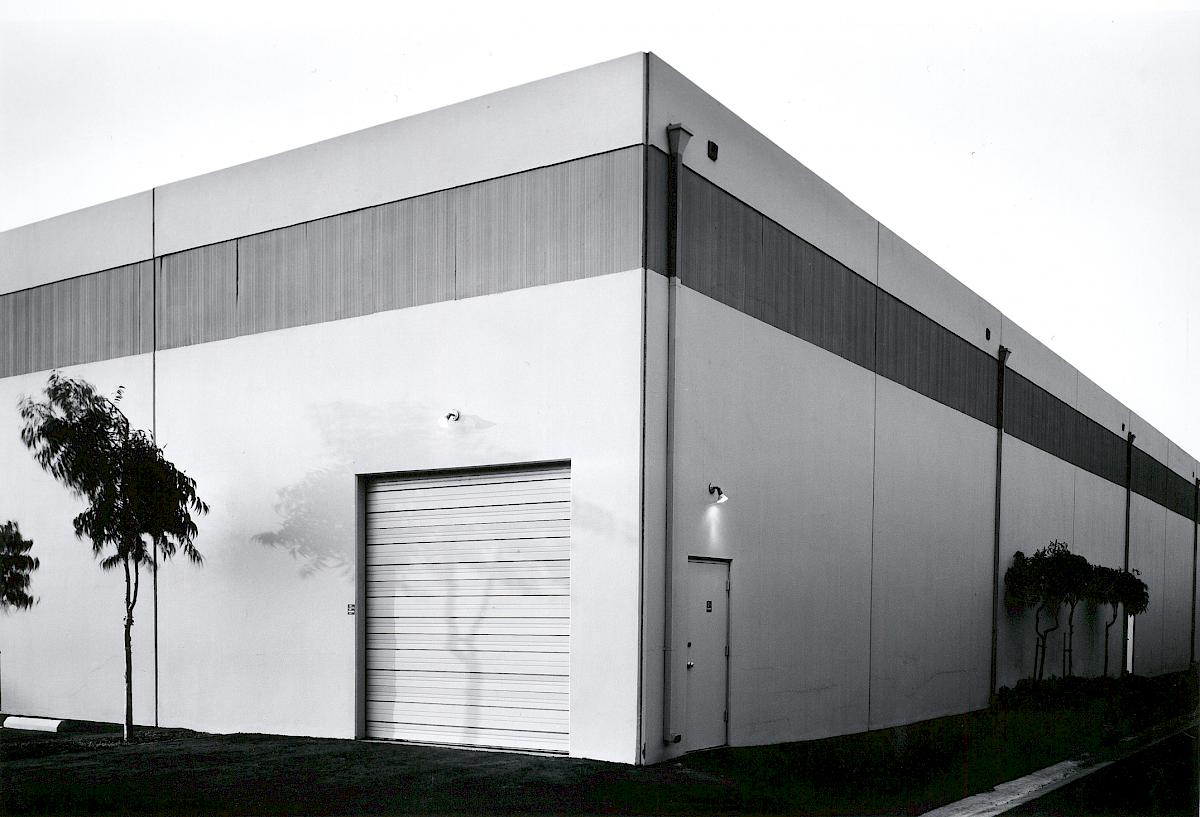
Content – A picture of a warehouse corner with trees and grass around it. It is taken from eye level like the topographic genre. The image has no title only a title inculudng the address so that people can go to the places he went to. There is not a single point of focus, It has been framed as a scene, rather than bringing attention to any particular element.
Formal Elements – The image is in black and white which creates a high tonal range. This highlights the solid contrast between light and dark and the structural elements in the warehouse, which gives the image an interesting composition. The sky being clear also emphasises this contrast as it creates a clear, strong line. Baltz used natural light from the sky to get a bright image. The sunlight has also changed this image as there is a faint shadow of the tree on the left which appears on the warehouse, this also makes the right side more exposed then the right creating further juxtapositions. the lines in the warehouse start from the centre of the image and go down to either side giving the image a large depth of field and making the warehouse look 3D.
Mood – The image is strong and impactful. this creates an intiidating feel to the image as the warehouse is very bold and sharp. The plain sky and warehouse also gives a sense of isolation.
Photo Shoot Plan
| Who | I will be taking the photos and do not need any models as I will be focusing on the landscape. |
| What | warehouses, industrial buildings. |
| Why | This represents the new topographics the best as it shows industrial buildings as man made things. |
| Where | La Collette warehouses. |
| When | I’ll go on a day where it is not sunny so the sky is grey and contrasts better with the buildings. |
| How | From eye level. |
Contact Sheet



When taking these images I focused on the eye level aspect of industrial photography, and get a lot in the shot because I need to edit the images so they are angled correctly and wanted more of a scene in some images. I think the structural aspects are well executed, the lines of the building structure give them a man made feel which best represents New Topographics and Industrial Landscapes.
School Photo Shoot


